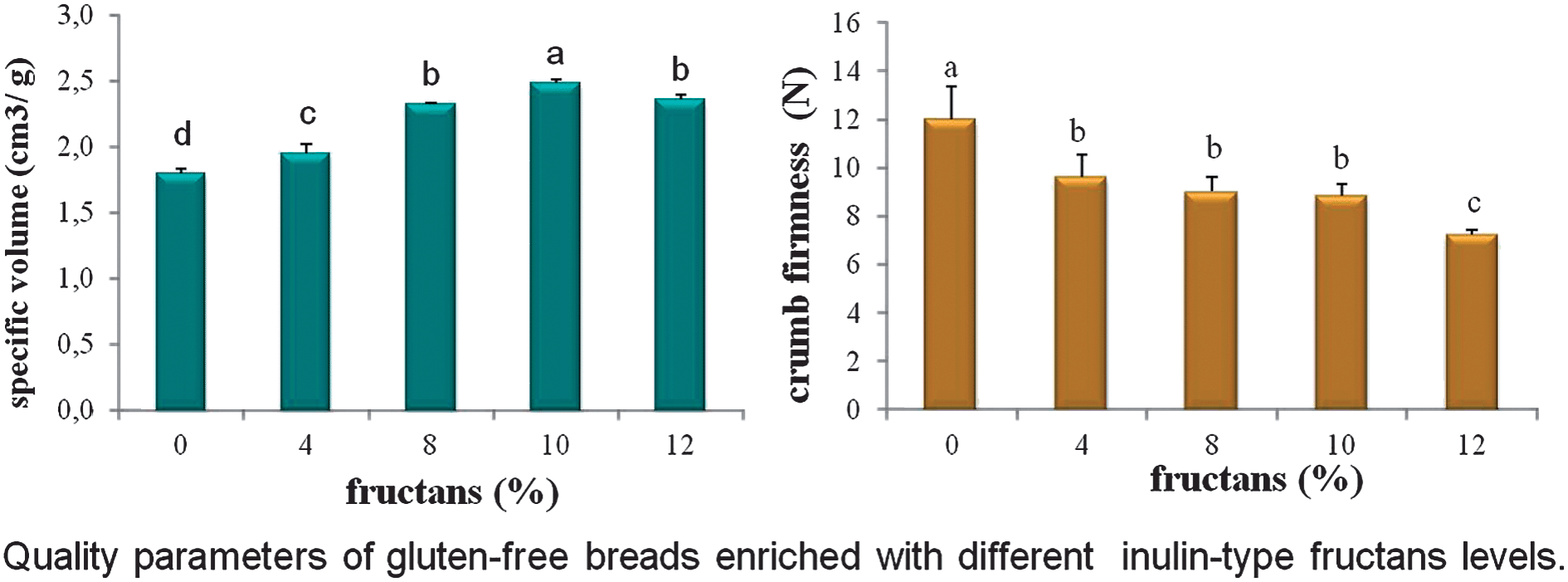 Celiac disease is an autoimmune disease which results in an intolerance to gluten ingestion. Currently, the only treatment available for Celiac disease sufferers is to abide by a gluten-free diet, but this is often difficult as gluten is found in many food products which contain wheat, rye and barley. Therefore gluten-free breads and similar foods are becomming increasingly popular with Celiac sufferers, however the fibre content of these products is usually low. Now, researchers from Sao Paulo, Brazil, have investigated the effects of increasing levels of prebiotic inulin-type fructans (ITFs – soluble dietary fibers) on the sensory and nutritional quality of gluten-free bread.
Celiac disease is an autoimmune disease which results in an intolerance to gluten ingestion. Currently, the only treatment available for Celiac disease sufferers is to abide by a gluten-free diet, but this is often difficult as gluten is found in many food products which contain wheat, rye and barley. Therefore gluten-free breads and similar foods are becomming increasingly popular with Celiac sufferers, however the fibre content of these products is usually low. Now, researchers from Sao Paulo, Brazil, have investigated the effects of increasing levels of prebiotic inulin-type fructans (ITFs – soluble dietary fibers) on the sensory and nutritional quality of gluten-free bread.
The research team found that adding ITFs to the gluten-free bread provides additional structure and gas retention during baking, thus improving the bread quality by creating softer crumbs and an improved crust, which improve the sensory enjoyment. The in vitro and in vivo glycemic responses were also studied and it was found that addition of 12% ITF was sufficient to decrease the glycemic response of gluten-free bread. This results in breads with a low glycemic index that are high in prebiotic dietary fibre and can benefit patients with either celiac disease or diabetes.
Read the full article for free until the 15th November 2012:
Effects of prebiotic inulin-type fructans on structure, quality, sensory acceptance and glycemic response of gluten-free breads, V. D. Capriles and J. A. G. Areas, Food Funct., 2012, DOI: 10.1039/c2fo10283h
You can keep up to date with the latest developments from Food & Function by signing up for free table of contents alerts and monthly e-newsletters.










